Regulatory Support
Regulatory support is emerging as a significant driver in the Architectural Lighting Market, as governments worldwide implement policies aimed at promoting energy efficiency and sustainability. These regulations often mandate the use of energy-efficient lighting solutions in new construction and renovation projects, thereby influencing market dynamics. For instance, energy codes and standards are being updated to encourage the adoption of LED technology and other sustainable lighting options. This regulatory environment is expected to propel the market forward, with projections indicating a growth rate of around 9% over the next few years. Additionally, incentives and rebates for energy-efficient lighting installations further stimulate demand, making it more attractive for consumers and businesses to invest in architectural lighting solutions. As regulatory frameworks continue to evolve, they will likely play a pivotal role in shaping the future of the Architectural Lighting Market.
Sustainability Focus
The Architectural Lighting Market is increasingly influenced by a growing emphasis on sustainability. As environmental concerns rise, consumers and businesses alike are seeking energy-efficient lighting solutions that minimize carbon footprints. This trend is reflected in the adoption of LED technology, which has been shown to consume up to 75% less energy than traditional incandescent bulbs. Furthermore, regulatory frameworks are evolving to promote sustainable practices, encouraging manufacturers to innovate in eco-friendly lighting designs. The market is projected to witness a compound annual growth rate of approximately 10% over the next five years, driven by the demand for sustainable architectural lighting solutions. This focus on sustainability not only enhances energy efficiency but also aligns with broader societal goals of reducing environmental impact, thereby shaping the future of the Architectural Lighting Market.
Aesthetic Versatility
Aesthetic versatility is a key driver in the Architectural Lighting Market, as designers and architects increasingly seek lighting solutions that complement diverse architectural styles. The ability to create visually appealing environments through innovative lighting design is paramount in both residential and commercial projects. This trend is evident in the rising popularity of customizable lighting fixtures that can adapt to various design themes. Market data indicates that the demand for decorative and architectural lighting is expected to grow at a rate of 8% annually, reflecting the importance of aesthetics in lighting choices. Furthermore, the emergence of new materials and technologies allows for greater creativity in lighting design, enabling architects to push boundaries and create unique spaces. As aesthetic considerations become more prominent, the Architectural Lighting Market is likely to evolve, offering a wider array of options to meet the needs of discerning clients.
Smart Lighting Integration
The integration of smart technology into the Architectural Lighting Market is transforming how lighting systems are designed and utilized. Smart lighting solutions, which allow for remote control and automation, are becoming increasingly popular in both residential and commercial sectors. The market for smart lighting is expected to grow significantly, with estimates suggesting a valuation of over 30 billion dollars by 2026. This growth is fueled by advancements in Internet of Things (IoT) technology, enabling seamless connectivity and user-friendly interfaces. Additionally, smart lighting systems can enhance energy efficiency by adjusting brightness based on occupancy and natural light levels. As consumers seek more control over their environments, the demand for smart architectural lighting solutions is likely to continue rising, further driving innovation within the Architectural Lighting Market.
Technological Advancements
Technological advancements play a crucial role in shaping the Architectural Lighting Market. Innovations in lighting technology, such as the development of energy-efficient LEDs and advanced control systems, are driving market growth. These advancements not only enhance the performance of lighting solutions but also contribute to energy savings and reduced operational costs. The market is witnessing a shift towards intelligent lighting systems that incorporate sensors and automation, allowing for dynamic adjustments based on environmental conditions. This trend is supported by research indicating that smart lighting can reduce energy consumption by up to 30%. As technology continues to evolve, the Architectural Lighting Market is expected to benefit from enhanced product offerings that meet the demands of modern consumers and businesses alike.


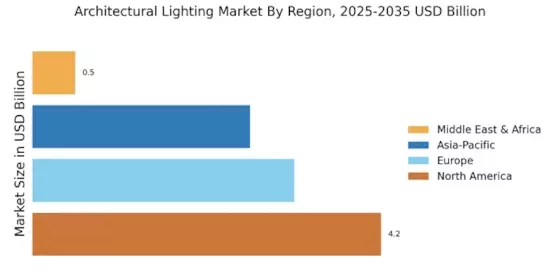
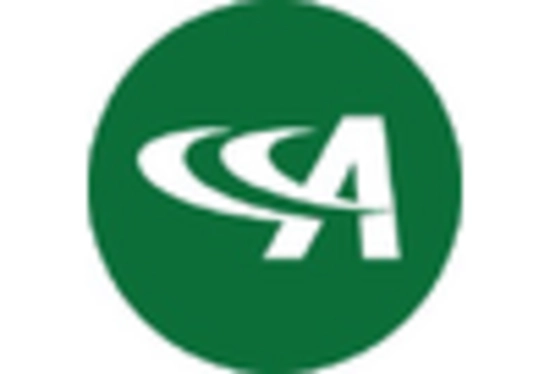
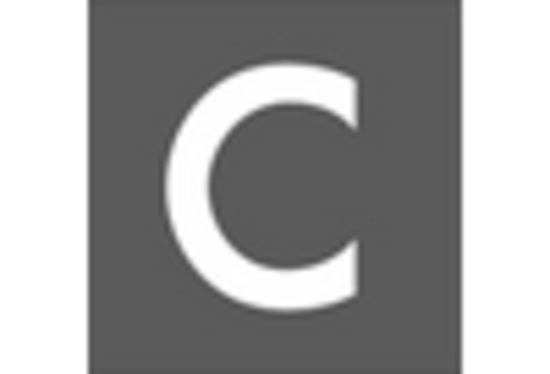

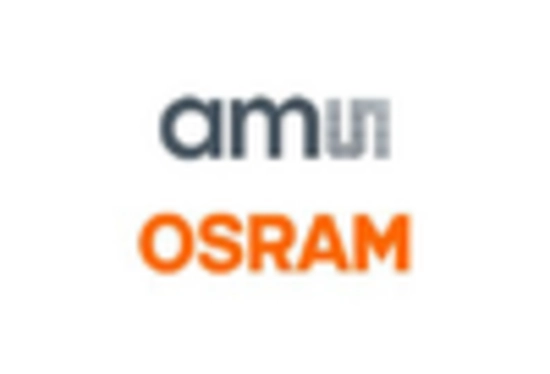

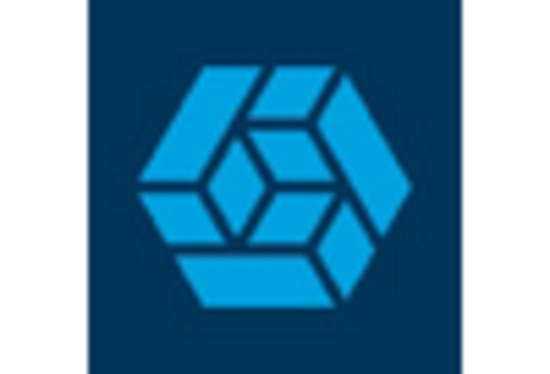








Leave a Comment